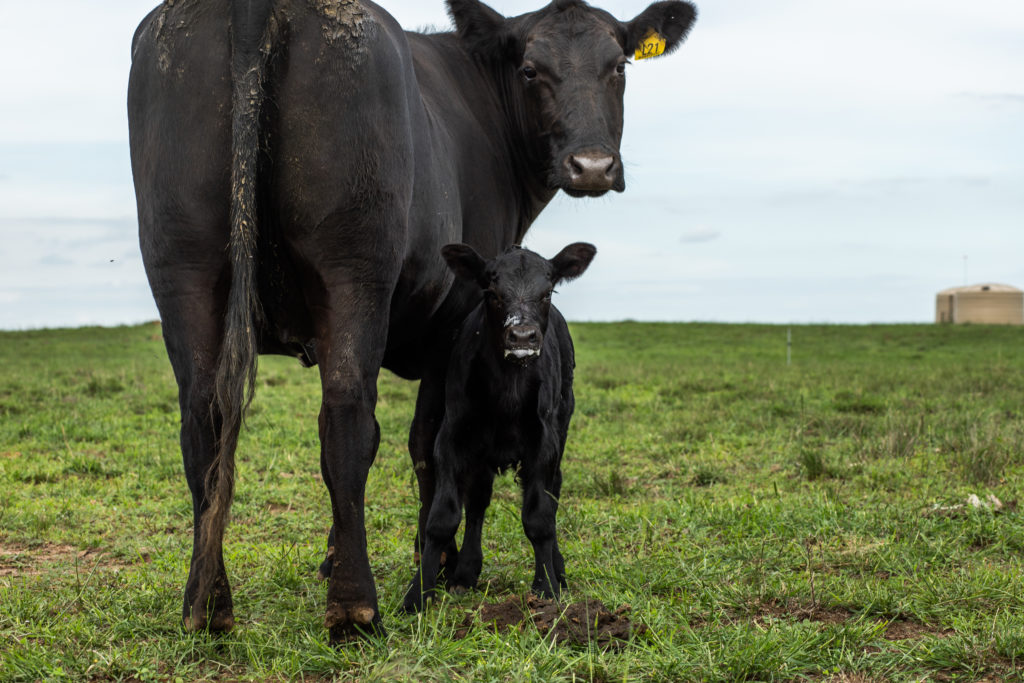The Most Important Economic Trait – By Kit Pharo

Cow-calf producers who make a living from their cows know fertility is by far the most important economic trait. Studies have shown that reproductive traits are twice as important as growth traits, which are twice as important as carcass traits. Ironically, the mainstream beef industry has been selecting almost exclusively for growth and carcass traits for the past 40 years – at the expense of reproduction.
During the same 40 years, academics have told us the heritability of fertility is very low – so low we shouldn’t waste our time selecting for it. I’m sure that if you were able to isolate fertility from everything else, then that assumption might appear to be true. In the real world, however, nothing is isolated. In fact, just the opposite is true.
Truth be known… it is very easy to select for fertility. Fertility is more a function of fleshing ability than of anything else – and fleshing ability is more a function of low maintenance requirements than of anything else. Reproduction cannot take place until maintenance requirements have been met and cows are storing up energy reserves in the form of fat. Since fleshing ability and maintenance requirements are very heritable, fertility is also very heritable.
As members of the mainstream beef industry selected for more and more growth and for less and less back fat, they inadvertently selected for lower and lower levels of fertility. They created hard-keeping, high-maintenance cows that struggle to reproduce under what was once considered normal ranch conditions. The status quo solution to this problem was to reduce stocking rates and/or increase supplemental feeding. Instead of producing cows that fit their environment, they artificially changed the environment with expensive inputs to fit their cows.
Read the article here
Be sure to check out the Pharo Cattle Co website for more interesting articles
Would you like to hear more from us? Be sure to sign up to our email list for more interesting information & updates on our program.
